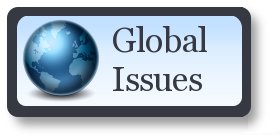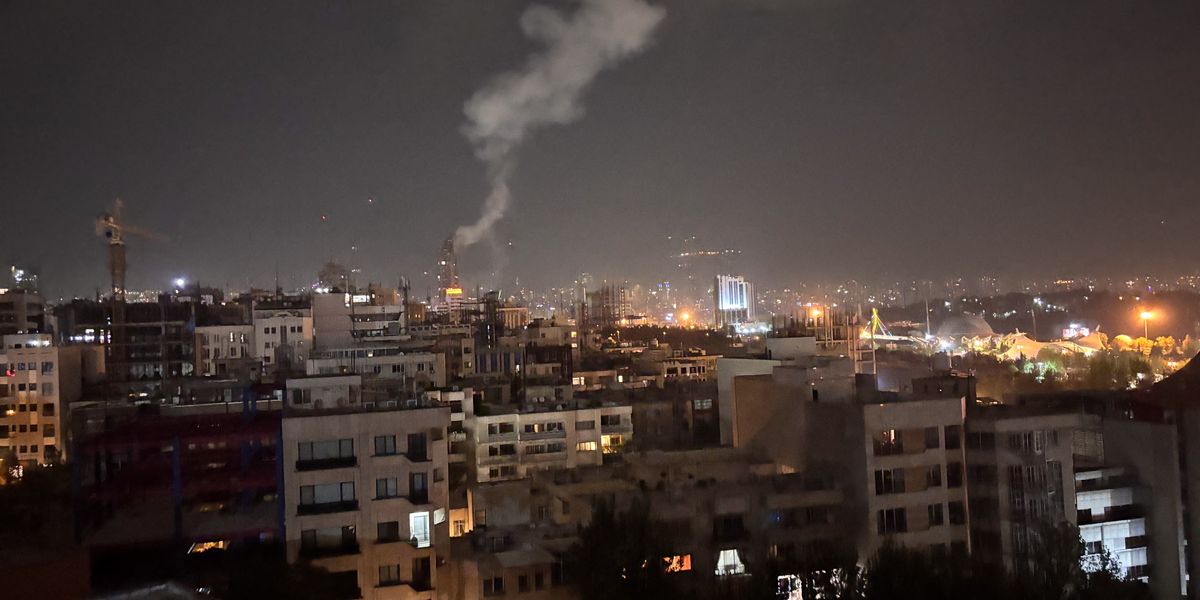In the past decade, the UN has bemoaned the chronically low level of participation by Afghan women and girls in decision-making bodies and in secondary and higher education.
But recently, the level of participation has reached a new low – zero.
Zero women in national or local decision-making bodies.
Zero girls projected to be in secondary education following a December 2024 ban.
These numbers are part of the index released Tuesday by gender equality agency UN Women which is the most comprehensive study on gender inequality in Afghanistan since the Taliban resumed de facto control in 2021.
It paints a sobering picture of the state of gender equality in Afghanistan.
“Since [2021], we have witnessed a deliberate and unprecedented assault on the rights, dignity and very existence of Afghan women and girls. And yet, despite near-total restrictions on their lives, Afghan women persevere,” said Sofia Calltorp, UN Women chief of humanitarian action, at a briefing in Geneva.
Second-widest gender gap in the world
The report released by UN Women noted that while the Taliban regime has presided over “unparalleled” gender inequality, disparities existed long before 2021.
“The issue of gender inequality in Afghanistan didn’t start with the Taliban. Their institutionalised discrimination is layered on top of deep-rooted barriers that also hold women back,” Ms. Calltorp said.
According to the index, Afghanistan currently has the second-worst gender gap in the world, with a 76 per cent disparity between women’s and men’s achievements in health, education, financial inclusion and decision-making.
Afghan women are currently realizing only 17 per cent of their potential, and recent policies by the de facto government — including the December 2024 ban on women in secondary education and the increasingly stringent restrictions on women’s movement — will perpetuate and perhaps worsen this under-realized potential.
Systematic exclusion and social effects
This sort of systematic exclusion of women from society at all levels not only impedes progress on the Sustainable Development Goals (SDGs) and gender equality but also exacerbates poverty and instability more broadly, making it harder for the economy to diversify labour sources.
“Afghanistan’s greatest resource is its women and girls. Their potential continues to be untapped,” said UN Women Executive Director Sima Bahous.
Right now, only 24 per cent of women are part of the labour force, compared to 89 per cent of men. Continued protracted economic strife has led to the number of women in the workforce increasing.
“Overlapping economic, political, and humanitarian crises — all with women’s rights at their core — have pushed many households to the brink. In response – often out of sheer necessity — more women are entering the workforce,” Ms. Calltorp said.
Nevertheless, women are still predominantly working in lower-paid and less secure positions and are overwhelmingly responsible for all unpaid domestic work.
Ms. Calltorp noted that despite the “devastating” daily constraints that Afghan women face, they continue to advocate for themselves and their rights.
“[Afghan women] continue to find ways to run businesses and advocate for their rights – and the rights of all Afghans…Their courage and resilience spans generations,” Ms. Calltorp said.
Stark choices
Alongside a deteriorating gender equality landscape, the aid outlook in Afghanistan is increasingly bleak with only 18 per cent of the 2025 humanitarian response plan for Afghanistan funded.
This is having tangible impacts on the ground, leading UN agencies and partners to call for action and funds.
“Time and time again in Afghanistan, we have seen how donor support can be the difference between life and death…We make an urgent appeal to donors to increase flexible, timely and predictable funding,” they said.
Women, girls and other vulnerable groups are particularly impacted by these funding shortages — 300 nutrition sites for malnourished mothers and children have shut and 216 gender-based violence points have suspended work impacting over one million women and girls.
“The choices we make now will reveal what we stand for as a global community. If the world tolerates the erasure of Afghan women and girls, it sends a message that the rights of women and girls everywhere are fragile and expendable,” Ms. Calltorp said.
“Afghan women and girls haven’t given up, and we will not give up on them.”
Where next?
Latest news
Read the latest news stories:
- Regaining Progress on Birth Registration Is Critical to Child Protection Tuesday, June 17, 2025
- Tanzania Champions Aquatic Foods at UN Ocean Conference in Nice Tuesday, June 17, 2025
- Ocean Protection is a Multi-Billion Dollar Opportunity Tuesday, June 17, 2025
- Weaponizing Food Worsens Starvation Tuesday, June 17, 2025
- UN condemns deadly Russian strikes on Ukrainian capital as civilian toll mounts Tuesday, June 17, 2025
- ‘Syria simply cannot withstand another wave of instability,’ Security Council hears Tuesday, June 17, 2025
- Afghan women face near total social, economic and political exclusion Tuesday, June 17, 2025
- More Gazans killed trying to get food, healthcare near to ‘full disaster’ Tuesday, June 17, 2025
- The Risk of Famine Looms Throughout Multiple Sudanese Counties Monday, June 16, 2025
- Disaster Risk Reduction: The Insurance That Always Pays Off Monday, June 16, 2025
Link to this page from your site/blog
Add the following HTML code to your page:
<p><a href="https://www.globalissues.org/news/2025/06/17/40170">Afghan women face near total social, economic and political exclusion</a>, <cite>Inter Press Service</cite>, Tuesday, June 17, 2025 (posted by Global Issues)</p>… to produce this:
Afghan women face near total social, economic and political exclusion, Inter Press Service, Tuesday, June 17, 2025 (posted by Global Issues)

 3 weeks ago
9
3 weeks ago
9










 English (US) ·
English (US) ·